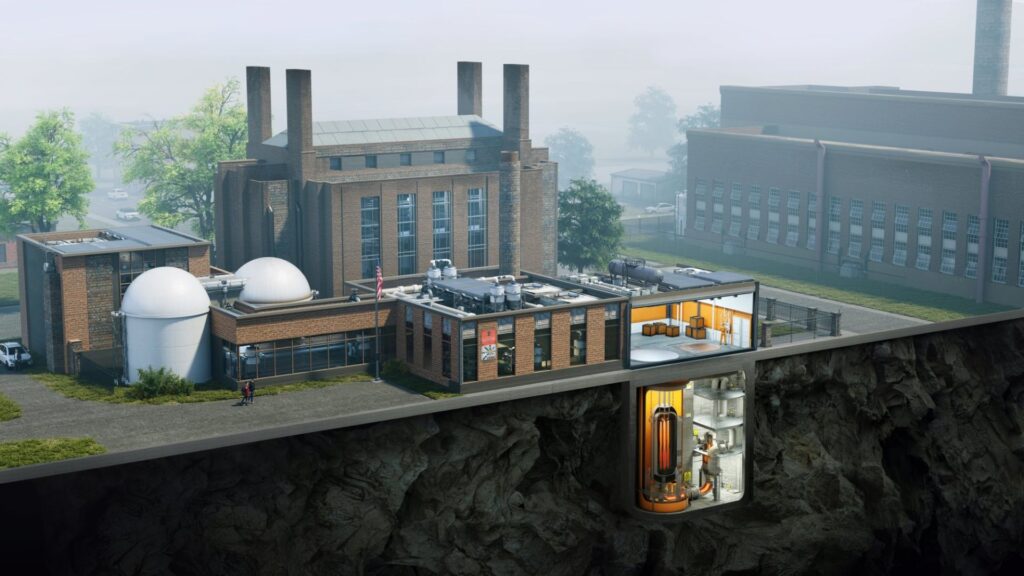How to power a vertical farm?
How to power a Vertical Farm?
The energy supply for vertical farming facilities is a major challenge, as they require a continuous energy supply to maintain the lighting and air conditioning of the facilities. There are various energy sources that can be considered for the energy supply of vertical farming facilities, such as nuclear energy, renewable energy such as solar and wind energy, and biogas obtained from organic material. Each of these energy sources has its own advantages and disadvantages that must be considered when selecting an energy supply for vertical farming facilities.
Below you will learn more about the advantages and disadvantages of different energy sources for vertical farming.
Vertical farming is a way of growing crops in vertical structures that can be used in urban environments or in areas with little land. This type of farming has many advantages, including greater efficiency in the use of space and resources, better control over plant growth, and less dependence on weather conditions. However, Vertical Farming also requires a continuous energy supply to maintain lighting and air conditioning for the facilities.
Nuclear energy

One way to provide energy for vertical farming facilities is to use nuclear energy. Nuclear energy is a type of energy produced by splitting atomic nuclei and is one of the cleanest energy sources currently available. It produces no greenhouse gases, making it an attractive option for powering vertical farming facilities that require a continuous supply of energy.
However, there are challenges to using nuclear energy as an energy source for vertical farming. One of these is the risk of nuclear accidents, which can lead to radioactive contamination and other health risks. There are also concerns about radioactive waste disposal and the cost of building and operating nuclear power plants.
Small Modular Reactors (SMRs) are smaller versions of nuclear power plants that can be considered as an energy source for vertical farming facilities. They are cheaper and provide a clean and reliable source of energy, but there are also concerns about safety and radioactive waste disposal.
Renewable Energies

Another option for powering vertical farming facilities is to use renewable energy sources such as solar and wind power. These energy sources are environmentally friendly and renewable, but they have their own challenges. One of them is volatility, as they are dependent on the weather and therefore not always available. There are also concerns about the cost and technical challenges of building solar and wind energy systems.
Overall, there are both advantages and disadvantages to using nuclear and renewable energy as power sources for vertical farming facilities. Nuclear energy is clean and produces no greenhouse gases, but it also poses risks such as nuclear accidents and radioactive radiation. Renewable energy is environmentally friendly and renewable, but it is also dependent on the weather and therefore may not always be available.
There are other options for powering vertical farming facilities, such as biogas, which is derived from organic material such as waste and wastewater. This type of energy is also environmentally friendly and renewable, but it can also be limited depending on how much organic material is available.
One way to overcome the challenges of providing energy to vertical farming facilities is to combine different energy sources. For example, solar and wind energy could be used to provide the base energy supply, while nuclear energy or biogas serve as backup options when renewable energy is not available.
It is important to note that powering vertical farming facilities is an important consideration and that there is no simple solution that will work for all facilities. It is recommended that the advantages and disadvantages of different energy sources be carefully considered and that the energy supply be tailored to the individual needs and capabilities of the facility.

